Search results for: "topaz"
Showing 1–12 of 30 results
- CategoriesExpand CategoriesCondense Categories
- Product collections
- Art Deco Jewelry
- Art Nouveau Jewelry (1890-1910)
- Birthstone Jewelry
- Edwardian Jewelry (1901 to 1910)
- Estate & Vintage Jewelry
- Gemstone Jewelry
- Florida Fishing Jewelry
- Family Jewelry
- Retro Jewelry
- Victorian Jewelry
- GIA Certified Jewelry
- Alternative Engagement Rings
- GIA Certified Engagement Rings
- Tungsten Wedding Bands
- Pre-Owned Rolex Air-King
- Pre-Owned Rolex Date
- Pre-Owned Rolex DateJust
- Pre-Owned Rolex Daytona
- Pre-Owned Rolex Explorer
- Pre-Owned Rolex Explorer II
- Pre-Owned Rolex GMT Master II
- Pre-Owned Rolex Oyster Perpetual
- Pre-Owned Rolex President
- Pre-Owned Rolex Submariner
- Pre-Owned Rolex Yacht Master
- Vintage Rolex
- Dollars
- Gold Coins
Expand CollectionsCondense Collections - CHOOSE A PRICE RANGE
Filter By:
- MetalExpand FiltersCondense Filters
- Gemstone TypeExpand FiltersCondense Filters
- Jewelry Era & StylesExpand FiltersCondense Filters
- Stone CutExpand FiltersCondense Filters
- ColorExpand FiltersCondense Filters
-
NEW
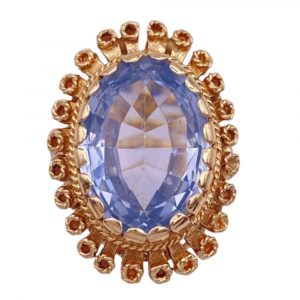
Ornate Statement Ring 14K Gold Sky Blue Topaz 18.40 Carat Solitaire
$1,150.00Add to cart -
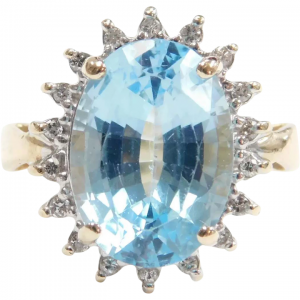
6.52 ctw Baby Swiss Blue Topaz Ring
$710.00Add to cart -
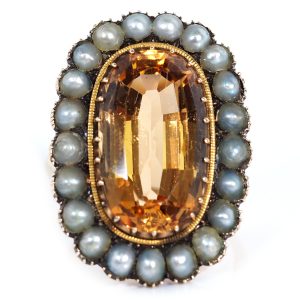
8.38ctw Edwardian GIA Certified Imperial Topaz Ring
$10,005.00Add to cart -
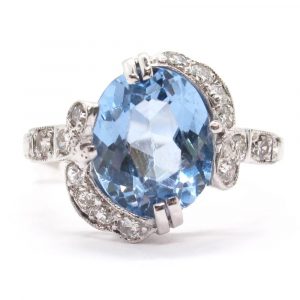
Platinum Blue Topaz and Diamond Vintage Ring 6.50ct
$1,040.00Add to cart -
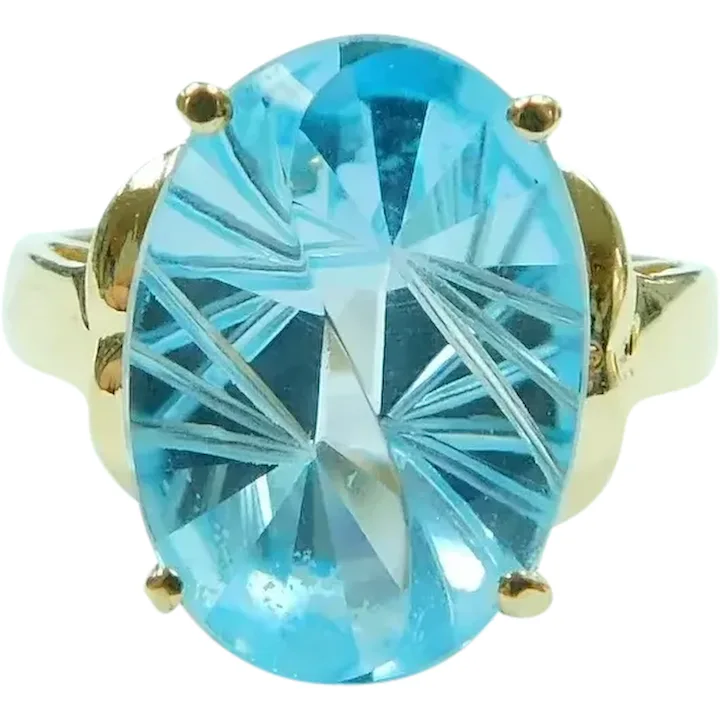
Yin & Yang Cut 7.50ct Blue Topaz Ring 14K Yellow Gold
$475.00Add to cart -
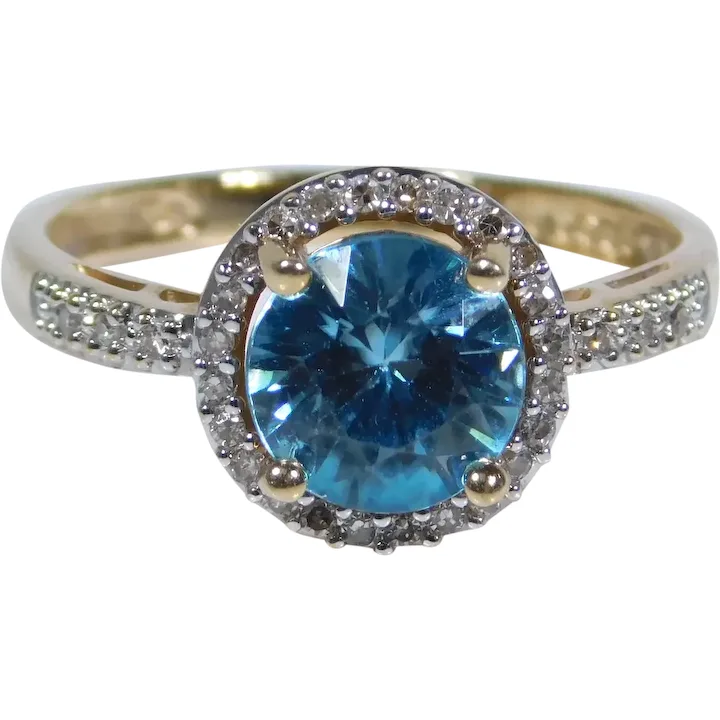
1.73ctw Blue Topaz Halo Two Tone Ring 14K
$390.00Add to cart -
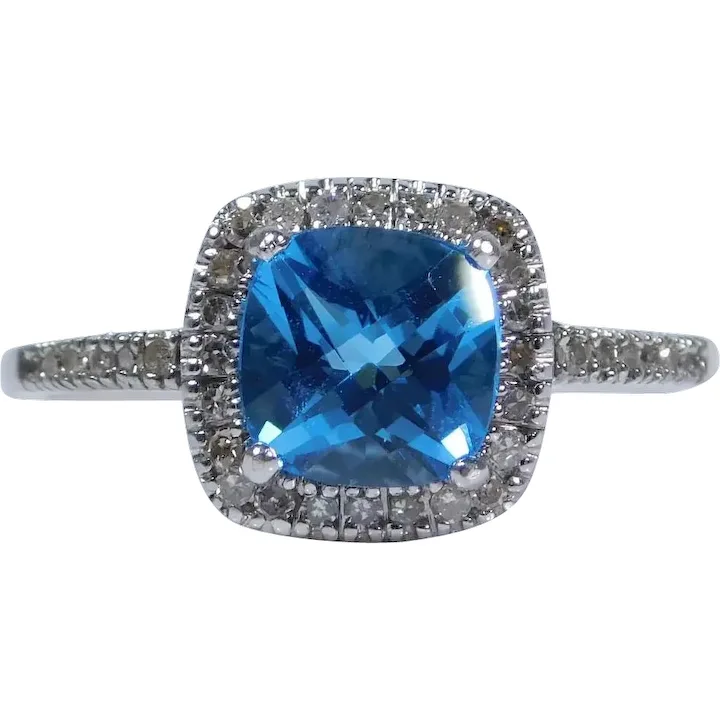
Bright 1.89ctw Blue Topaz Halo Ring 14K White Gold
$340.00Add to cart -
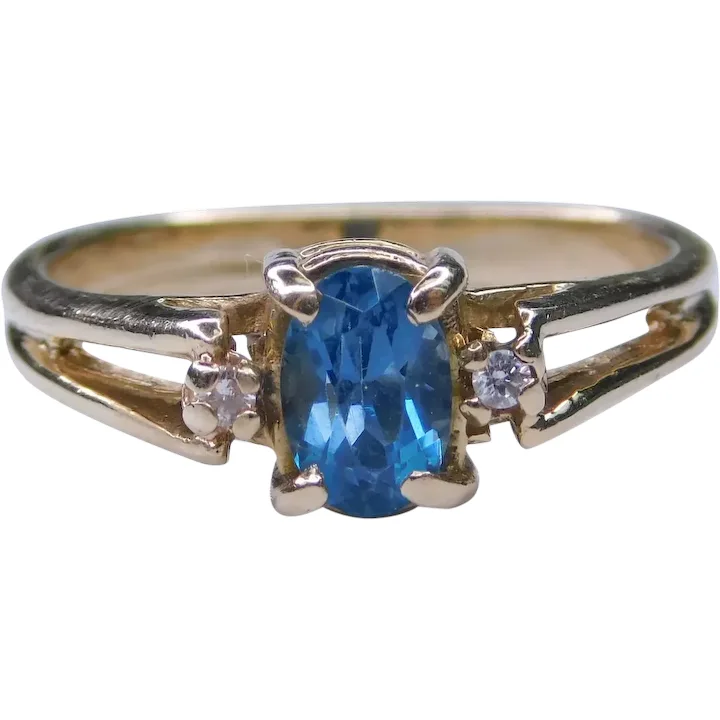
.60ctw London Blue Topaz 14K
$315.00Add to cart -

Bright 1ct Blue Topaz Ring 14K Yellow Gold
$219.00Add to cart -
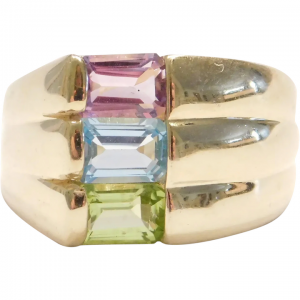
Colorful Gemstone Vintage Ring- Amethyst Blue Topaz & Peridot 1.80 ctw14k Gold
$480.00Add to cart -
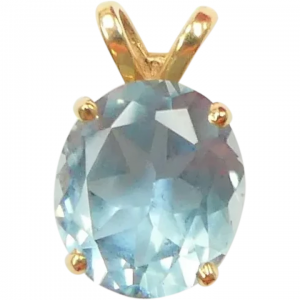
Bright 10.60 ct Sky Blue Topaz Solitaire Pendant 14K Yellow Gold
$445.00Add to cart -
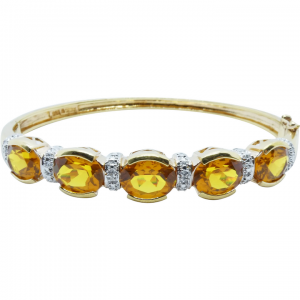
Imitation Mystic Orange Topaz Vermeil Bangle
$200.00Add to cart
This is where you can browse products in this store.
